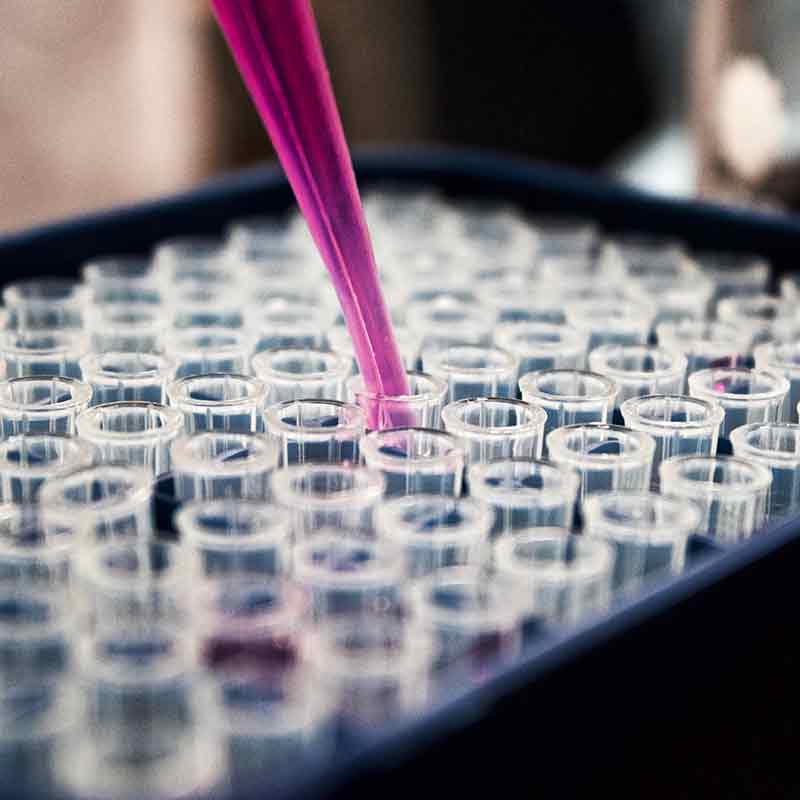Safer chemicals 101: get informed - strategies
What should my general strategy look like?
The shape of your safer chemicals strategy depends upon your position in the supply chain:
Tips for a retailer:
Your customers want to know what’s on their skin, in their children’s hands and in their food. With the right information, you’re in the best position to find answers for them and to establish leadership in advancing safer chemicals. When you start phasing out hazardous chemicals, you’ll start building resiliency and lowering risk related to chemical regulations, product recalls and consumer trust.
- Set bold goals: In a written corporate chemicals policy, commit to increasing transparency up and down the supply chain and to sourcing products made with safer chemicals.
- Send the demand signal: Announce your policy to consumer product suppliers and work with them to make it a reality.
- Be transparent: talk to your stakeholders and consumers about your goals for safer chemicals and the progress you make.
- Keep informed: Stay on top of the latest best practices by signing up for our Behind the Label and EDF Health newsletters.


Tips for a product manufacturer:
You formulate the “secret sauce” that makes your product perform like it does, and you choose who to buy those ingredients from. That makes you a powerful lever: you can tell suppliers you want safer chemical ingredients, or you’ll take your business elsewhere. Working together with ingredient suppliers and chemical producers, you can tackle the issue of transparency and encourage innovative new developments that benefit the entire supply chain. For your business, that means more resiliency and less risk related to consumer trust, product recalls, liability occurrences and chemical regulations.
- Improve transparency: Commit to increasing transparency up and down the supply chain — phasing out hazardous chemical ingredients from your products, sourcing safer ones, and sharing ingredient information with consumers.
- Set bold goals: Write a corporate chemicals policy that attaches specific goals and timelines to your commitments.
- Send the demand signal: Announce your corporate chemicals policy to ingredient suppliers and chemical producers and tell them how you’ll measure and communicate progress.
- Make your policy a reality: Work with ingredient suppliers and chemical producers to think outside the box. If safer chemical alternatives don’t exist, innovate together to develop new chemicals or designs.
- Be transparent: talk to your stakeholders and consumers about your goals for safer chemicals and the progress you make.
- Keep informed: Stay on top of the latest best practices by signing up for our Behind the Label and EDF Health newsletters.
Tips for a chemical producer:
You design and create the chemicals that make manufactured goods possible. Your safer chemical innovations provide solutions that can transform the marketplace. By joining brands and retailers in a commitment to safer chemicals, your business will benefit on multiple fronts. You’ll be better prepared to meet your customers’ demands and get ahead of government regulation — avoiding the higher costs of compliance once the pressure’s on. You’ll also stand out as an innovative, socially conscious leader in your industry — showing that your chemicals are high quality when it comes to both performance and safety.
- Commit to innovating safer chemicals. Adopt strategies that help you create chemicals that perform well without introducing harm.
- Set a time-based goal to increase the percentage of your portfolio that features safer chemicals.
- Plug the gaps in chemical safety profiles by completing comprehensive hazard and exposure assessments of chemicals.
- Commit to increasing transparency through the supply chain. Create a plan for disclosing chemical information — identities and safety profiles — to product manufacturers or the ingredient suppliers that purchase from you.
- Collaborate with ingredient suppliers and product manufacturers to determine how you can develop safer chemicals that won’t compromise product performance.

Eye-opening facts to tell your boss
About the problem:
- Over one hundred chemicals, including some that have toxic effects at low levels, have been found in umbilical cord blood.
- Polychlorinated biphenyls (PCBs), which were banned from use in the U.S. in 1977, are still detected in the bodies of every American, even newborns.
- Sperm counts have fallen in half over 60 years – a trend linked to chemical exposures.
- Childhood leukemia, linked to chemical exposures, has seen a 40% increase in incidence over thirty years.
- Phthalates – a class of chemicals with widespread use in consumer packaged goods (from cosmetics to toys) — have been known to impact development and are present in the bodies of over 50% of Americans.
- Perchlorate, a serious threat to childhood brain development, is a chemical contaminant in virtually all types of food. The amount in infant and toddler food has been increasing.
About consumer wants:
- 84% of Americans would trust brands with enhanced ingredient transparency more.
- 87% of consumers want beauty products made without toxic chemicals.
- Over 50% of Americans cite chemicals as one of their top three concerns about food.
About company action:
- Retailer demand for safer products is growing. As of 2019, Walmart, Target, CVS, Walgreens, Rite Aid, Amazon, and Home Depot have all published chemicals policies.
- SC Johnson’s demonstrates leadership on product-specific ingredient disclosure:
- Though over 100 years old, Levi Strauss & Co, revamped its approach to chemicals management and rolled out its Screened Chemistry Program, what it calls “the future of chemicals management”.